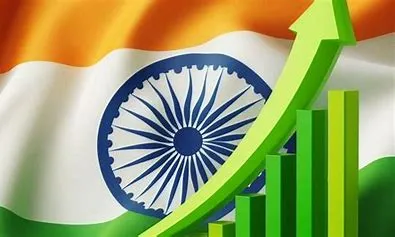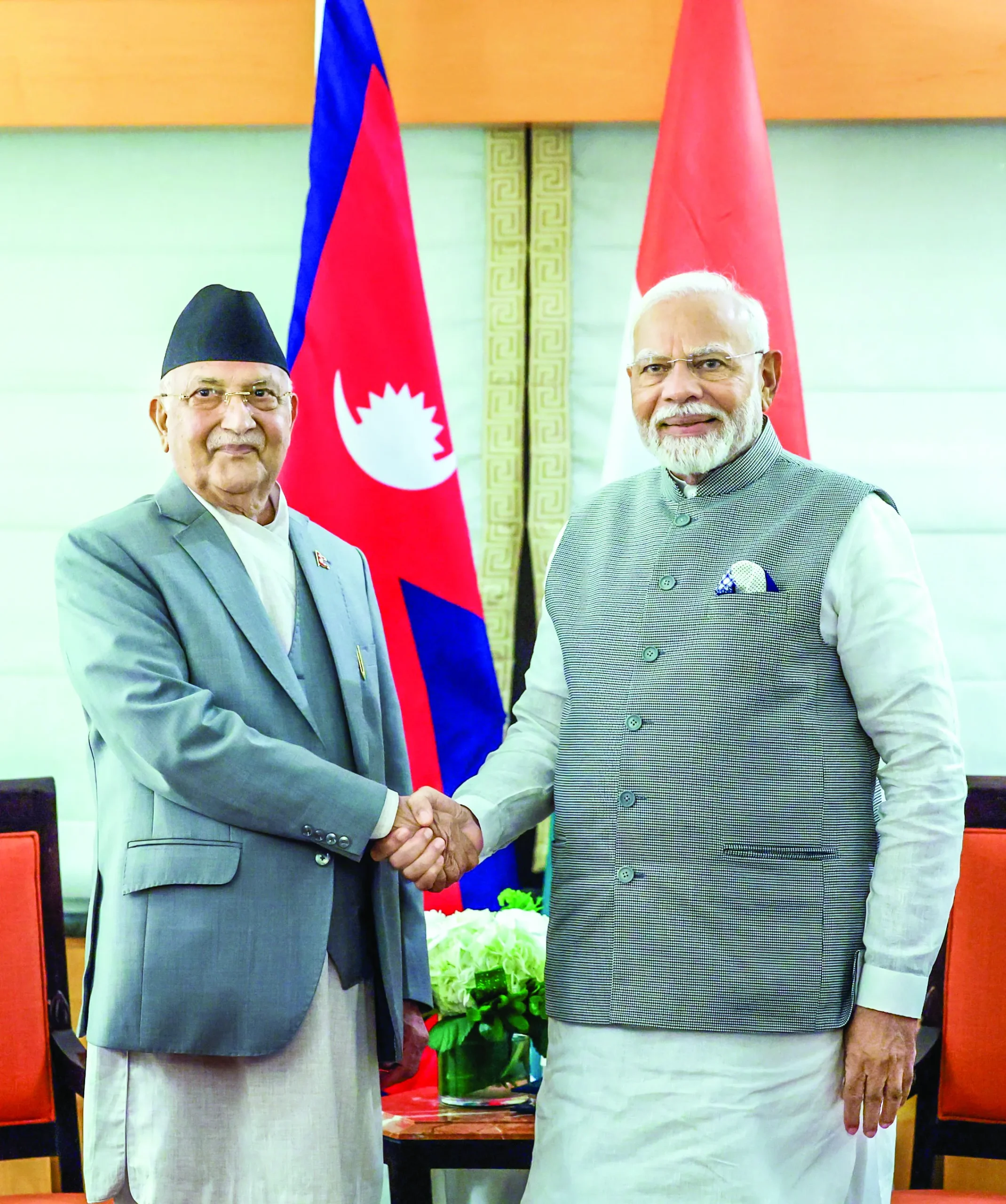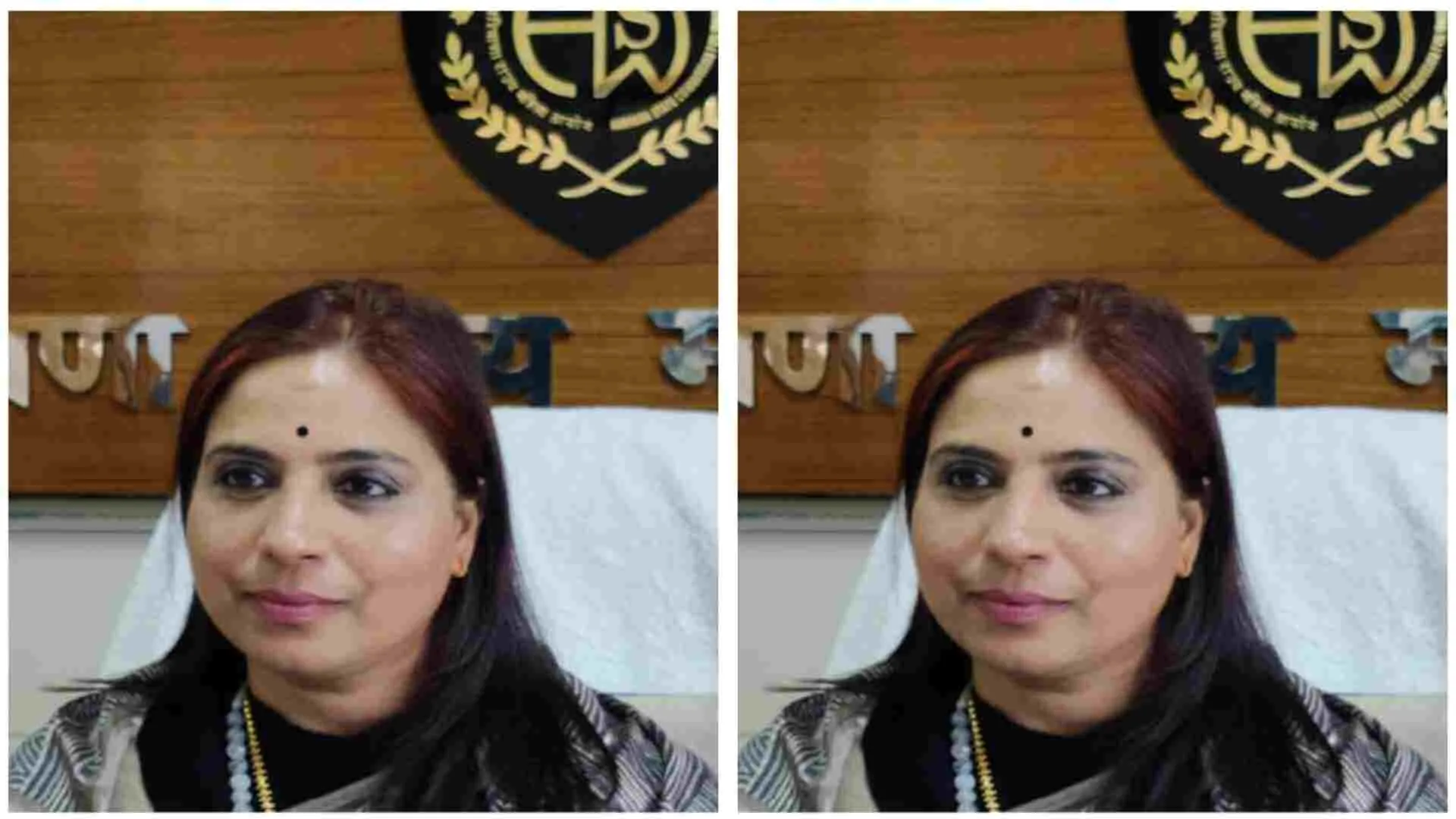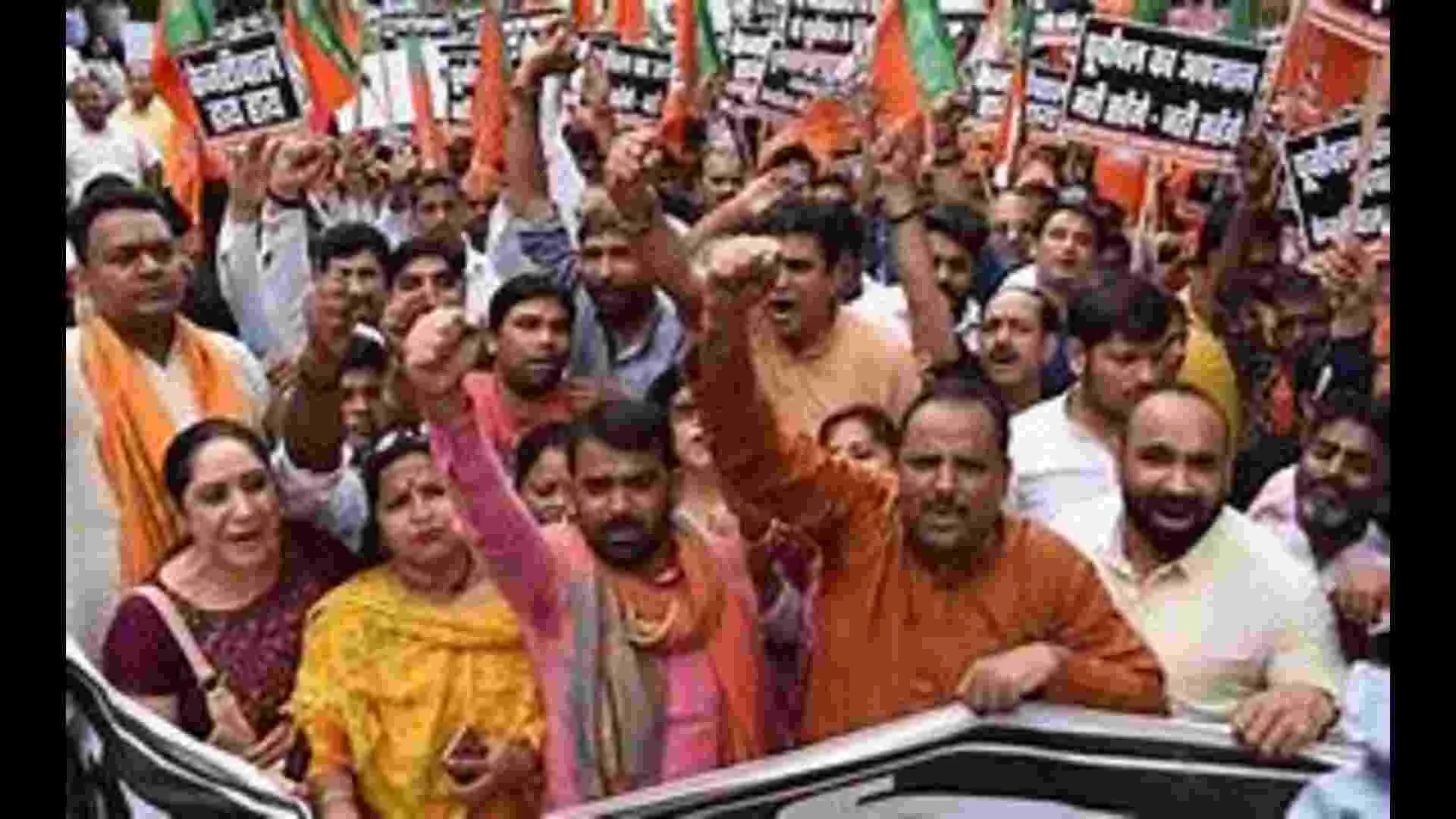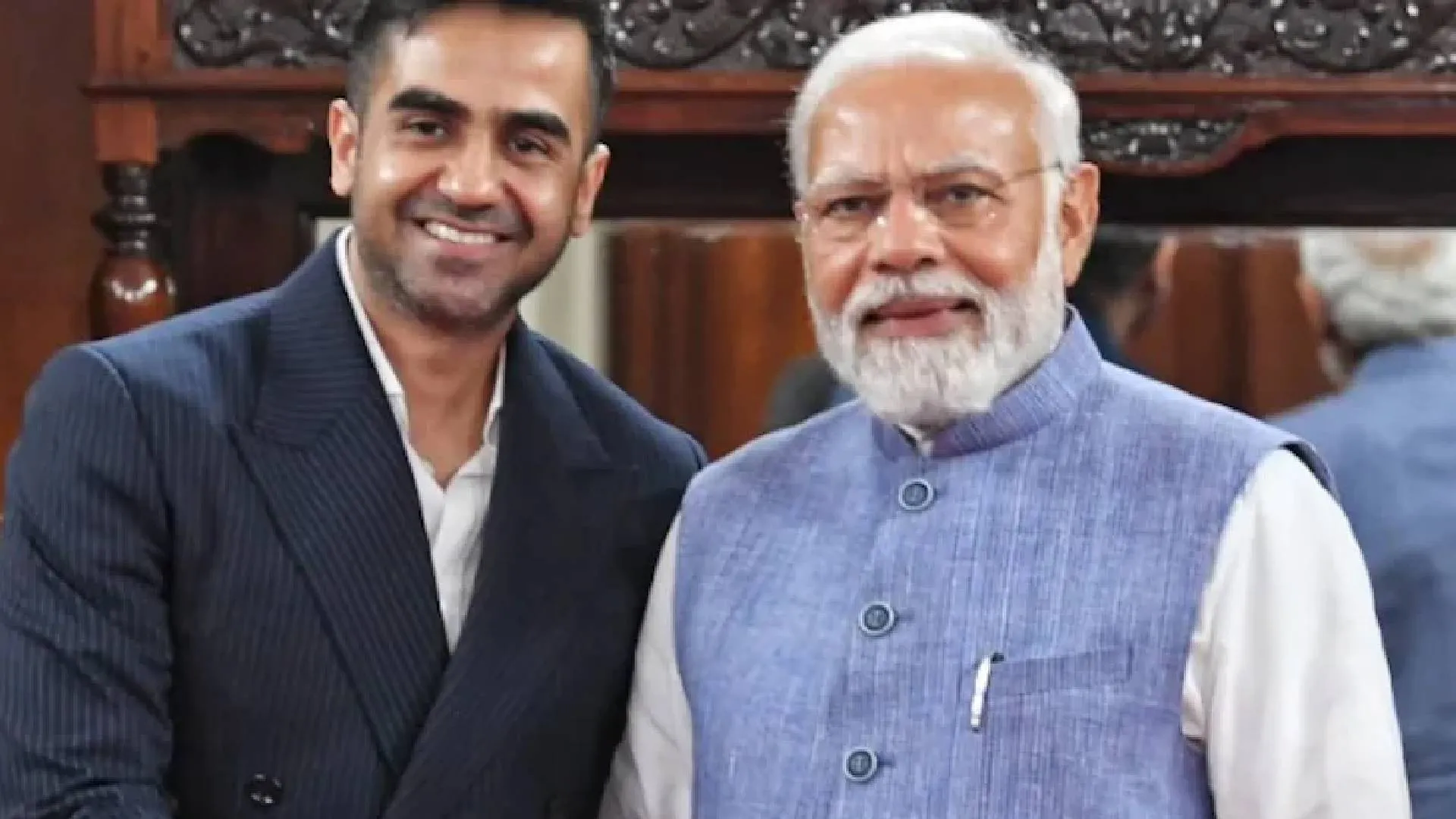India’s growth in the past few decades has resulted in a dynamic shift of power in the realm of geopolitics. While it has resulted in the Global South (it was earlier called the Eastern World) getting its due place in the global high table, the Western world has not been able to digest the rapid rise of India and has continued to take veiled digs at the growth story. The USA and China are the largest two economies in the world now. With China becoming the second largest economy, it is not too far off for India to become the third largest economy, pushing Germany and Japan.
This has panicked the western media, especially the USA, UK, and European media, as they could not have imagined even a decade ago that two countries of the Global South would find a place in the top three economies of the world. This is the precise reason why some western media nitpick India’s faults and zoom out.
A large and diverse country like India will always have a multitude of views spanning across religions and demographics. Being home to some of the most widely read publications and a vibrant media ecosystem has enabled individuals across political parties and affiliations to air their views and grievances. In today’s age of social media, perception plays a very important role, and some western media networks continue to focus on the fissures and perceived dogma in India.
They have consistently harped on the negative aspects and turned a blind eye to the progress made in developmental projects across sectors. This is very similar to a few media houses and media persons in India who attained ecstasy by being peevish and highlighting smaller issues, ignoring the larger picture deliberately.
The Indian media landscape, especially the electronic and digital media landscape, has evolved tremendously since the days of having only the public broadcaster as the only viewing option. There are umpteen channels in various languages covering various aspects of news, entertainment, culture, and sports, and as a result, electronic and digital media have transformed into a massive sector with enormous growth prospects and employment generation opportunities.
There are many areas where India has played the leading role in the global scenario, whether Indian firms turning into multinational firms, Indian firms listing their stocks in international exchanges, the Indian diaspora leading the world institutions, firms, and thinktanks in technology, innovation, and business, Indian Yoga reaching almost all the offshores with aplomb, India becoming the fastest-growing economy after COVID, or the Indian media restricting their fiefdom only to India, occasionally covering world news.
There are at least three advantages for Indian media to put their footprint in the western world. As there is a keen interest among the international community to know more about India’s political, economic, cultural, traditional, and technological growth, which has been growing in the last decades, there is no shortage of audiences across the globe.
The second advantage is that the Indian media would be able to combat the hidden agenda of the ulterior motive media with facts, figures, analysis, and perspectives. The third benefit is that the mutual benefits that could accrue to India and other countries with bilateral and multilateral trade, economics, educational, cultural, tourism, medical, and military exchanges would augment growth and establish a bond between India and other countries.
India leapfrogged in Public Digital Infrastructure Network in the last decade much faster than even developed countries, thereby reducing currency transactions. There are about 1 lakh startups in India at present, and more than 100 have reached the unicorn status of achieving a valuation of 1 billion USD. India provides data connectivity at USD 0.125 per GB now, compared to USD 3.25 per GB in 2014, which cannot be even imagined by any developed country.
India now has 6.3 cr km of plastered roads, which is the second largest road network in India. India has developed an indigenous loco-less train for non-suburban travel, the Vande Bharat, which may run up to 180 kmph at a cost that is half the imported cost of the same type of loco-less train and is deployed across India.
India leapfrogged into space research by launching satellites for various data collection applications and landing its Chandrayan-3 successfully. When the COVID vaccines manufactured by the USA have been having a lot of aftereffects for those who took them, India’s indigenously developed Covaxin was exported to about 150 countries under the Vaccine Maitri scheme.
These media networks need to take a leap of faith, as it is crucial to counter the vested narratives penned by authors or journalists affiliated with top western media houses with worldwide reach. The media persons of India are not just journalists and anchors but also succeeded as media entrepreneurs. As many big Indian firms have become multinational in the last three decades, Indian media houses should also aim to be multinational.
A recent campaign by RT India, formerly Russia Today, has succinctly conveyed the agenda of western media networks by showcasing how they have managed to control narratives and still view India as a third-world country. Irrespective of whether India media has been vociferously questioning the biased description of India, RT India has been asking questions like ‘Why does the West still see India as a third-world country?’, ‘Should Europe’s problems be India’s problems?’, and ‘Why won’t Britain return the Koh-I-Noor diamond?’ and seeks to tackle head-on the entrenched and pervasive assumptions of western establishments on India. By directly confronting the vested narratives, RT India’s programming presents a much-needed alternative perspective, and viewers can also critically assess the coverage to gain a more nuanced perspective on global affairs. The moot question is whether Indian media houses should exhibit at least some responsibility to present India’s views and achievements, let alone as much as RT India.
There are still some Indian journalists, and Indian media houses do not put forth their viewpoints that combat the hidden agenda of western media houses. They also echo the same one-sided and ulterior motives of the BBC, Time, CNN, Al Jazeera, and Telegraph UK and take them as gospel truth. China does not have such broad-based media houses across various states and languages, whereas India has the same, and hence they need to combat the ulterior motives of western media houses.
India is the only country in the world that is home to publications across languages with eye-popping readership figures, and print media continues to occupy an important space in public discourse despite the increasing popularity of digital media outlets.
The idea of using the media as a stratagem to exert control over the main agendas driving the nation’s trajectory has been mastered by legacy and established media houses in the West. These media outlets enjoy a reputation for being the ‘gold standard’ for their operating modules and have benefited from early access to technology and capital.
In today’s age, the viewer has limited time and attention for news events, especially when it comes to global affairs and changing geopolitical dynamics. Indian media houses need to tweak their programming and editorial strategies to counter the stereotypes attached to the Indian subcontinent, such as poverty, disease, illiteracy, and lack of technology, which were the narratives of the first 50 years of independent India. India has changed a lot in the last two decades. and the Indian media houses should make global viewers aware of the increasing influence of the Global South led by India.
The author is a Public Policy Expert
Email: ramakrishnan@iima.ac.in






